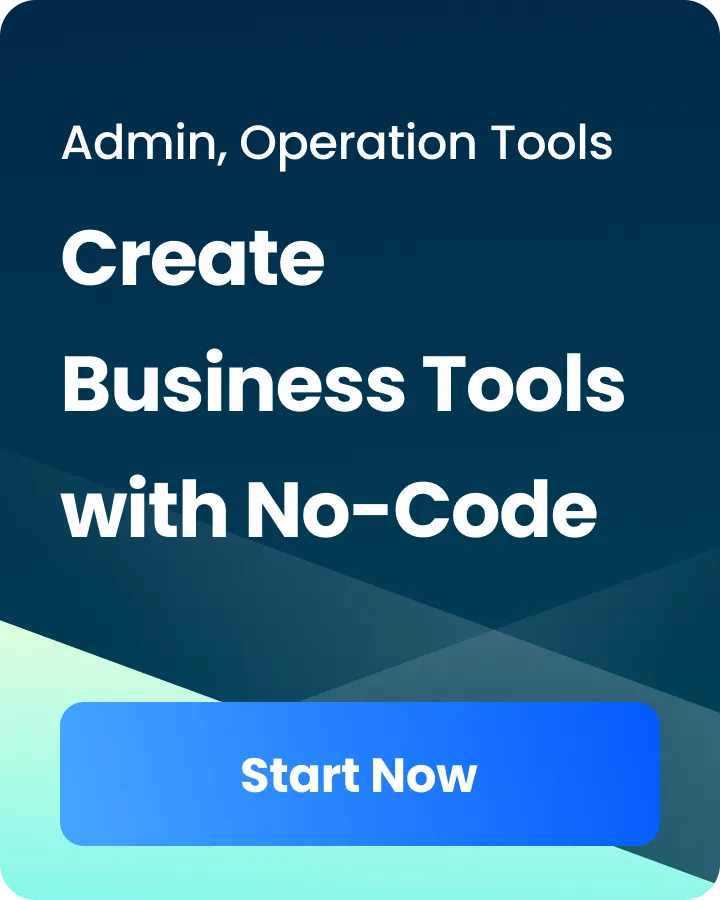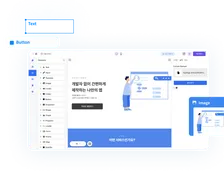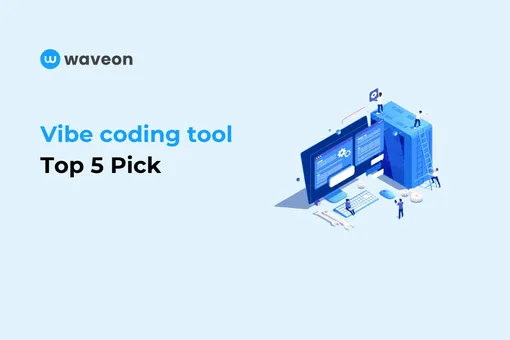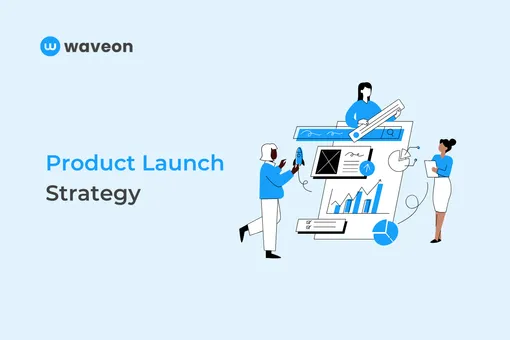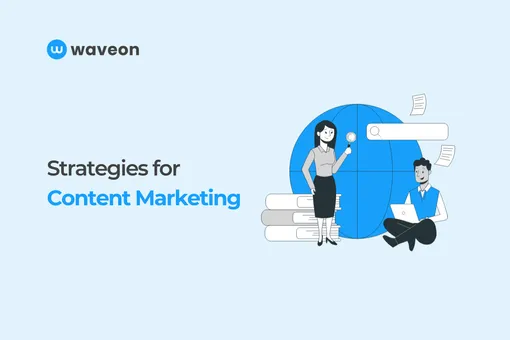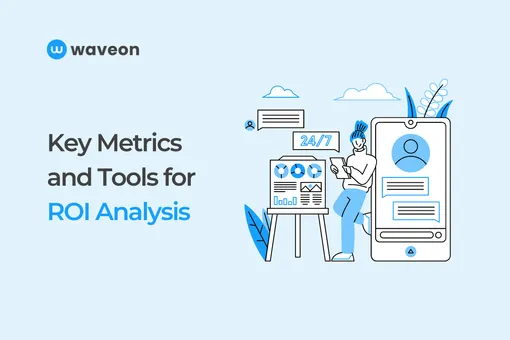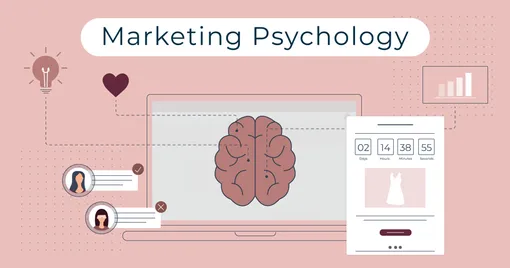Insight
Top 5 Key Performance Indicators (KPIs) to Measure for Web Services
Waveon Team
4/24/2023
0 min read
TABLE OF CONTENTS
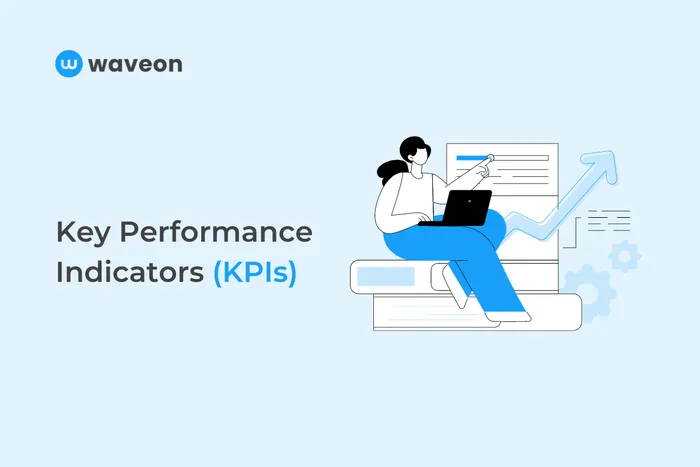 In order to assess the performance and success of a web service, there are several key performance indicators (KPIs) that must be measured. Through these metrics, businesses can gain valuable insights into user engagement and make informed decisions to improve their web service. In this article, we will examine the key KPIs that should be tracked in web services.
In order to assess the performance and success of a web service, there are several key performance indicators (KPIs) that must be measured. Through these metrics, businesses can gain valuable insights into user engagement and make informed decisions to improve their web service. In this article, we will examine the key KPIs that should be tracked in web services.
1. Number of Visitors (DAU, MAU)
The number of visits to a website is one of the most basic and important KPIs. Daily active users (DAU) represent the number of users visiting a website daily, while monthly active users (MAU) represent the number of users visiting a website monthly.
This metric can be used to measure the overall popularity and reach of a web service. By tracking the number of visitors to a website over time, businesses can identify trends and improve their marketing strategies to increase the number of visitors.
2. User Demographics
Relying solely on the number of visitors may not accurately measure the performance of a web service, as it could be influenced by advertising or various issues that cause a sudden increase in visitor numbers.
Using tools like Google Analytics or Amplitude to track user demographics, you can obtain information about users, such as their gender, age, location, and interests. With this information, you can predict who primarily uses the web service and their actions, allowing you to target suitable customers.
3. Return Visit Rate ( Retention Rate )
Measuring the return visit rate, or the proportion of users who return after a certain period, can help you accurately gauge the value your web service provides to users. The return visit rate is a critical metric for understanding the potential of a web service, as it is more difficult to artificially inflate compared to other indicators.
A high return visit rate means that even with low user acquisition costs, most users will be retained, allowing for higher efficiency at a lower cost. Most web services consider the return visit rate as one of their core KPIs and manage it accordingly.
4. Conversion Rate
The conversion rate measures the proportion of users who take important actions on a web service, allowing you to understand its core performance. Conversion rates are typically calculated as the proportion of users who perform desired actions (e.g., purchase, sign up, subscribe) out of the total number of users.
By measuring the rate rather than the number of actions, you can assess the core performance of a web service independently of the total number of users. Many advertising platforms (e.g., Facebook ads, Google Ads) now allow you to measure conversion rates and optimize ads to achieve higher conversion rates.
Conversion Rate Optimization (CRO) : Enhancing Website Performance and User Experience
5. Bounce Rate
The bounce rate indicates the proportion of users who leave a web service. A high bounce rate suggests that users may be dissatisfied with the service. The bounce rate is calculated as the percentage of users who enter a particular page and then leave without taking any action.
The bounce rate tends to increase when a web service is slow or has loading issues, making it important to optimize the service to reduce the bounce rate.
.jpeg)
How to choose the right Web KPIs
Selecting the right Key Performance Indicators (KPIs) for your web service is crucial to effectively measure its success and make informed decisions. Here's a step-by-step guide to help you choose the most relevant KPIs for your specific goals and objectives:
1. Define Your Goals:
Start by clarifying your overall business objectives and what you aim to achieve with your web service. Are you looking to increase sales, improve user engagement, enhance brand visibility, or something else? Your goals will guide the selection of appropriate KPIs.
2. Identify Critical Success Factors:
Determine the factors that are critical to the success of your web service. These could include metrics that directly contribute to achieving your goals. For example, if your goal is to increase online sales, conversion rate and average order value could be critical factors.
3. Consider Your Target Audience:
Understand your target audience's behaviors and preferences. Choose KPIs that reflect how well your web service caters to their needs and expectations. Mobile responsiveness and traffic could be significant if your audience uses mobile devices frequentlyIf your audience uses mobile devices frequently, mobile responsiveness and mobile traffic could be substantial.
4. Map Metrics to Your Sales Funnel:
Break down your sales or conversion process into stages (awareness, consideration, conversion, retention) and identify KPIs relevant to each stage. For instance, awareness might involve metrics like website traffic and social media reach, while conversion could focus on conversion and cart abandonment rates.
5. Prioritize Actionable Metrics:
Select KPIs that you can influence and act upon. While vanity metrics (which look impressive but don't offer actionable insights), like total page views, might be interesting, focus on metrics that drive meaningful decisions and improvements.
6. Regularly Review and Adjust:
Business environments change, and so should your KPIs. Regularly review your chosen metrics to ensure they align with your business objectives and adjust them as needed.
In conclusion, the essential KPIs to track when operating a web service are mentioned above. Continuously measuring these KPIs and setting milestones based on them can help improve a web service, resulting in greater user satisfaction. However, this process has several challenges, such as difficulties in setting up KPI measurements or a need for improvement in KPIs even after various changes.

